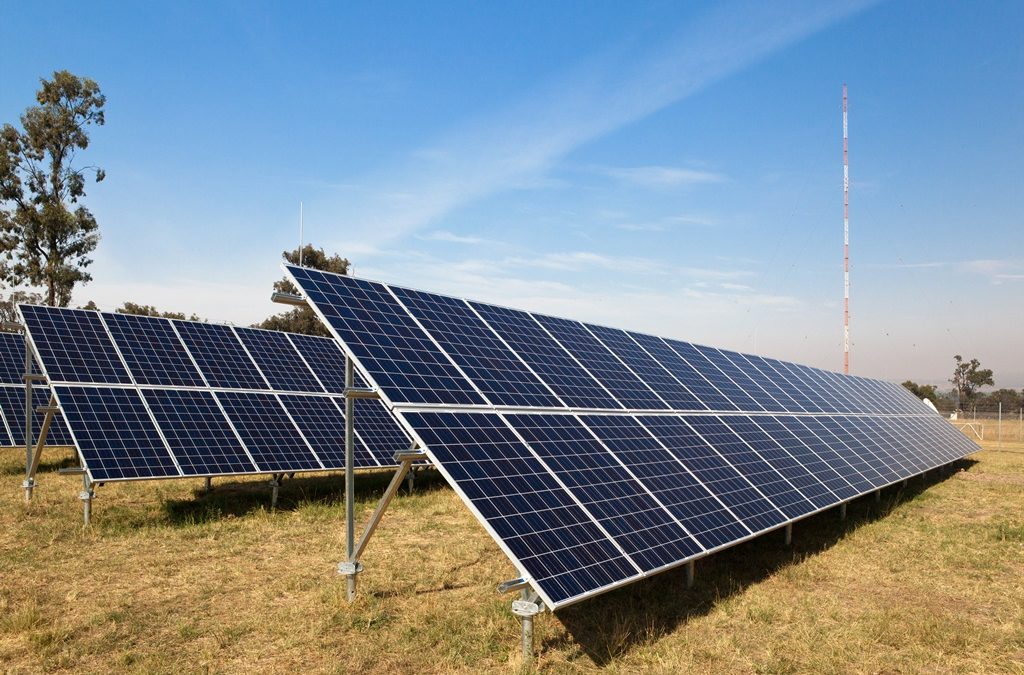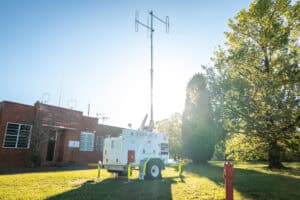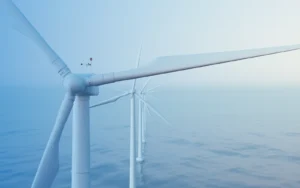The annual reduction in CO2emissions from our recent solar investment is 698 tonnes, equivalent to reducing:
- Four solar-powered sites introduced in BAI Communications’ (BAI) broadcast transmission network.
- The installation of Solar PV at these sites will help reduce BAI’s environmental impact while protecting against fluctuating energy costs.
- BAI’s transmission network consists of 752* sites, delivering services to 99% of the Australian population.
BAI’s network of more than 752* sites in urban, rural, and remote areas, serves 99% of the population. The network requires uninterrupted power to help millions of Australians every day to connect with each other, be informed, entertained and safe in times of emergency, therefore, managing electricity consumption and supply is critical. BAI is committed to reducing emissions and contributing to a more sustainable future. Over the past four years, BAI has invested in a number of initiatives that reduce power consumption as well as the carbon released into the atmosphere. Introducing solar-powered sites to the network was a logical next step in the evolution of the sites and will help BAI meet its business, operational and environmental outcomes.
Solar pilot site success
In 2015, BAI launched its pilot 100% solar-powered transmission site at Muswellbrook, NSW, Australia. The Muswellbrook antenna serves a community of 50,000 people and emergency services rely on the communications system during natural disasters.
The pilot solar system was designed with the ruggedness and reliability demanded by the Australian climate in mind. With four sites selected, the project team began working on implementation. The solar system for each of the sites is designed to be an embedded supply, working in conjunction with the mains alternating current supply and any existing backup supply. Once the sites were selected, preparation and installation were the next imperatives.
However, challenges quickly emerged. Some of these were unexpected, but simple to resolve, such as assessing the boundaries and layout of each site to establish the precise placement of the solar panels and determine how they would affect site access and egress.
Others were more complex, such as working across different climatic areas. The photo-voltaic system uses advanced battery storage technology, coupled with 96 solar panels. It can store 215 kilowatt hours (kWh) of power, producing enough solar energy to run the Muswellbrook transmission system for up to 43 hours, with just 5.5 hours of charge time. This initiative has been so successful that the trial was extended to four more sites.
Four more sites go solar
In 2017 a BAI project team assessed a multitude of sites’ eligibility for a solar transition, rating them against key criteria including:
- Was there adequate space to install the required number of solar panels?
- Was there sufficient solar access?
- Was the existing switchboard suitable?
A ‘solar benefit analysis’ was then conducted for each potential site, modelling the amount of electricity it could generate, giving that amount a financial value, calculating an effective cost per kWh and comparing that to the cost per kWh from the grid. This process of elimination narrowed down the selection to four locations: Yatpool, Victoria; Mawson, Western Australia; Minding, Western Australia; and Brandon, Queensland.
Implementing the solar energy initiative
With four sites selected, the project team began working on implementation. The solar system for each of the sites is designed to be an embedded supply, working in conjunction with the mains alternating current supply and any existing backup supply.
Once the sites were selected, preparation and installation were the next imperatives. However, challenges quickly emerged. Some of these were unexpected, but simple to resolve, such as assessing the boundaries and layout of each site to establish the precise placement of the solar panels and determine how they would affect site access and egress. Others were more complex, such as working across different climatic areas. The photo-voltaic system uses advanced battery storage technology, coupled with 96 solar panels. It can store 215 kilowatt hours (kWh) of power, producing enough solar energy to run the Muswellbrook transmission system for up to 43 hours, with just 5.5 hours of charge time. This initiative has been so successful that the trial was extended to four more sites.
This resulted in site-specific panel mounting designs, such as those for the Brandon site, which is in a cyclonic region. Negotiating electricity grid connections was another key consideration. This was a time-consuming process, partly because the Australian electricity grid was designed to work with a few centralised power generators, not many smaller power generators along the lines. Make-ready works were then required to ensure the new technology could integrate and connect with BAI’s existing infrastructure. Finally, completing the last construction at Minding proved challenging due to COVID-19 restrictions; however, it was successfully completed in June 2020.
Ongoing benefits
Balancing environment protection and emission reduction while reducing operational costs is a critical part of BAI’s ongoing commitment to environmental sustainability and operational efficiency. Solar panels have proven to be a power technology that is cost-efficient and provides a reliable supply of electricity. While installation requires an up-front capital investment, operationally the panels require little beyond routine maintenance for the first 15 years, when the inverters will need replacement. The solar panels should last 25 years. Significantly, the marginal cost – that is, the cost to produce an extra unit of output (in this case, an extra kWh of power) – is next to zero. This is in sharp contrast to fuel-dependent generators, which require more coal or gas to produce more power. BAI will assess the outcomes of this project to inform a network wide strategy, exploring other renewable energy projects to replace conventional energy sources.







